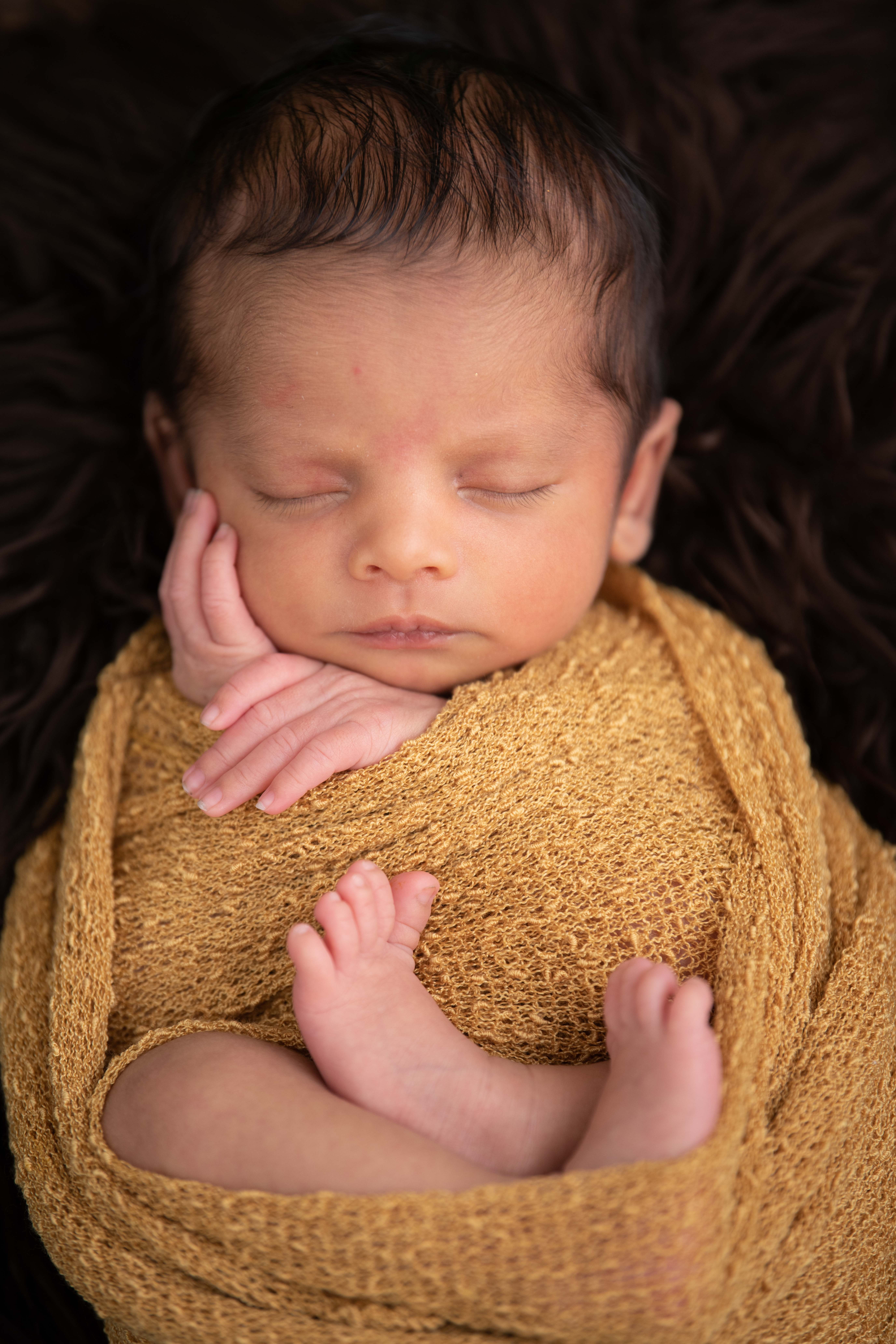Laparoscopy
Laparoscopy is a direct inspection of the abdominal cavity, ovaries, external walls of ovarian tubes, uterus (and other organs in the abdominal cavity if laparoscopy is performed for non-gynecological purposes) using a laparoscope.
The laparoscope is a thin telescope-like instrument introducing light into the abdomen employing optic fibers. It is approximately as wide as a fountain pen but twice as long.
During the procedure, an instrument is inserted into the vagina in order to move the uterus. Next, carbon dioxide (CO2) is slowly introduced into the belly through a special needle. The gas helps separate the organs, which makes their examination simpler. At the end of the procedure, the gas is released.
Microlaparoscopy is a new, slightly invasive surgical procedure using a telescope and instruments significantly smaller than laparoscopy.
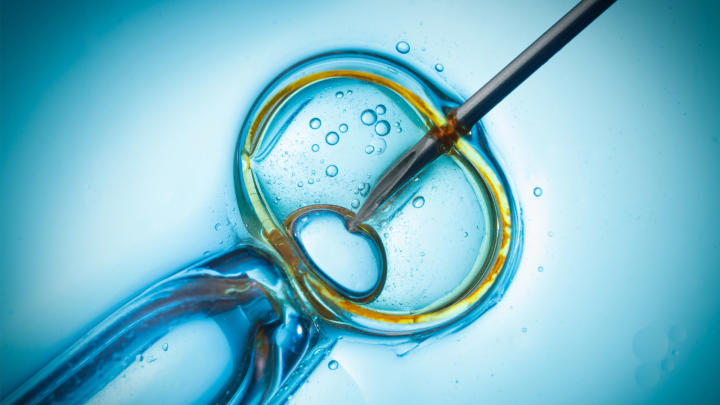
A) Before the procedure
- You will get instruction in a hospital where laparoscopy will be performed
- Do not drink or eat anything after midnight of a day preceding the surgery. Do not smoke or have chewing gums. If you are taking any medications, discuss with your doctor whether you should stop
- Preparation of the colon: a special diet or purging agents or enemas are used for cleansing; a consultation with your doctor is necessary. Although uncomfortable colon cleansing reduces risks during surgeries
- Have a bath or a shower the night preceding the surgery
- Remove your enamel, makeup, and any jewelry before the procedure
- Wear loose, comfortable clothes to avoid any pressure on the belly on the day of the procedure
Immediately before the procedure
- Take off your glasses, contacts, and jewelry
- Empty your bladder
- Change or remove your clothes as instructed by the medical staff
At the OR
Patients are taken to the OR by an anesthesiologist or nurses- Small electrodes are placed on certain locations on patients in order to monitor their cardiac activities
- First, patients are sedated in order to relax; then, they are given anesthesia
After the procedure
- After the procedure, patients wake up in the recovery room. Medical staff frequently checks up on their blood pressure, pulse and temperature. A doctor or a nurse will notify them when they are allowed to drink
- When they are transferred to the ward, visits are allowed. Patients may not remember conversations immediately after the procedure, but this is quite normal and short-term
- Immediately after the procedure, the doctor shall discuss the results with the family
- Analgesics or nausea medications can be obtained from nurses. As long as you cannot drink, medications will be administered intravenously
- After the procedure, patients may experience throat pains due to a tube introduced into their trachea. This usually lasts for a few days and can be alleviated
Home care after the procedure
- Incisions: in cases of gynecological laparoscopy, it is customary to make 2-4 incisions below the navel, 1-2 cm long. These incisions are made to introduce thin instruments into the abdomen. As they are not extensive, the recovery is significantly faster and less painful than with regular surgical procedures
- For a day or two, tubes may be retained in the incisions to eliminate fluids gathering in the abdomen. The discharge is watery and pink. The tubes are mostly removed within 24 hours.
Diet
- Before admittance into the hospital, a doctor may recommend a certain diet. Generally speaking, all clear fluids are allowed until all gases from the intestines are eliminated, and their movements are settled. After that, light and easily digestible food is required for a few days
- In cases of nausea, you should consult your doctor about your diet
Physical activity
- After the procedure, the patient feels tired and spiritless. However, she needs to get out of bed and start moving around. Physical activity should be increased gradually. Even most simple activities can be very tiring for a week or two after the procedure. Any vigorous exercise should be avoided until the first medical check-up after the procedure. If you are planning any traveling, a doctor needs to be consulted and postponing considered.
- Analgesics can disguise pain which leads to false feelings of well-being. Even though you may feel quite well over the days following the procedure, you need to know that this results from the medicines while your body is still recovering. You need to take care when eating and drinking as the last thing you want to experience after such a procedure is coughing or suffocating. Sneezing, laughing, crying, and shivering for cold are immensely unpleasant after the procedure.
Pains due to gases
- Pains due to gases are caused by the remains of carbon dioxide in the abdomen. The pain is usually reflected into the shoulders or below the ribs. The pain is primarily perishable and disappears after a day or two. It is helpful to get up and walk during these cramps and take warm beverages with squeezed fresh lemon. Warmth, massage and exercising alleviate this type of pain.
Infection
- Throughout seven days after the procedure, you need to take your temperature every morning and evening. If your temperature reaches 38°C and above, you should see your doctor immediately. You should see your doctor immediately if you notice redness, swallowing, or heavy discharge from the incision cuts. Frequent urinating, burning sensation while urinating or cramping in the lower abdomen are signs of urinal infection. In case of any of the above symptoms indicating infection, see your doctor immediately.
Sexual activity
- Sexual activity may be resumed a week after the procedure unless advised otherwise by the doctor. In vaginal pain, bleeding, or heavy discharge, sexual intercourse should be interrupted and refrained from it until symptoms cease.

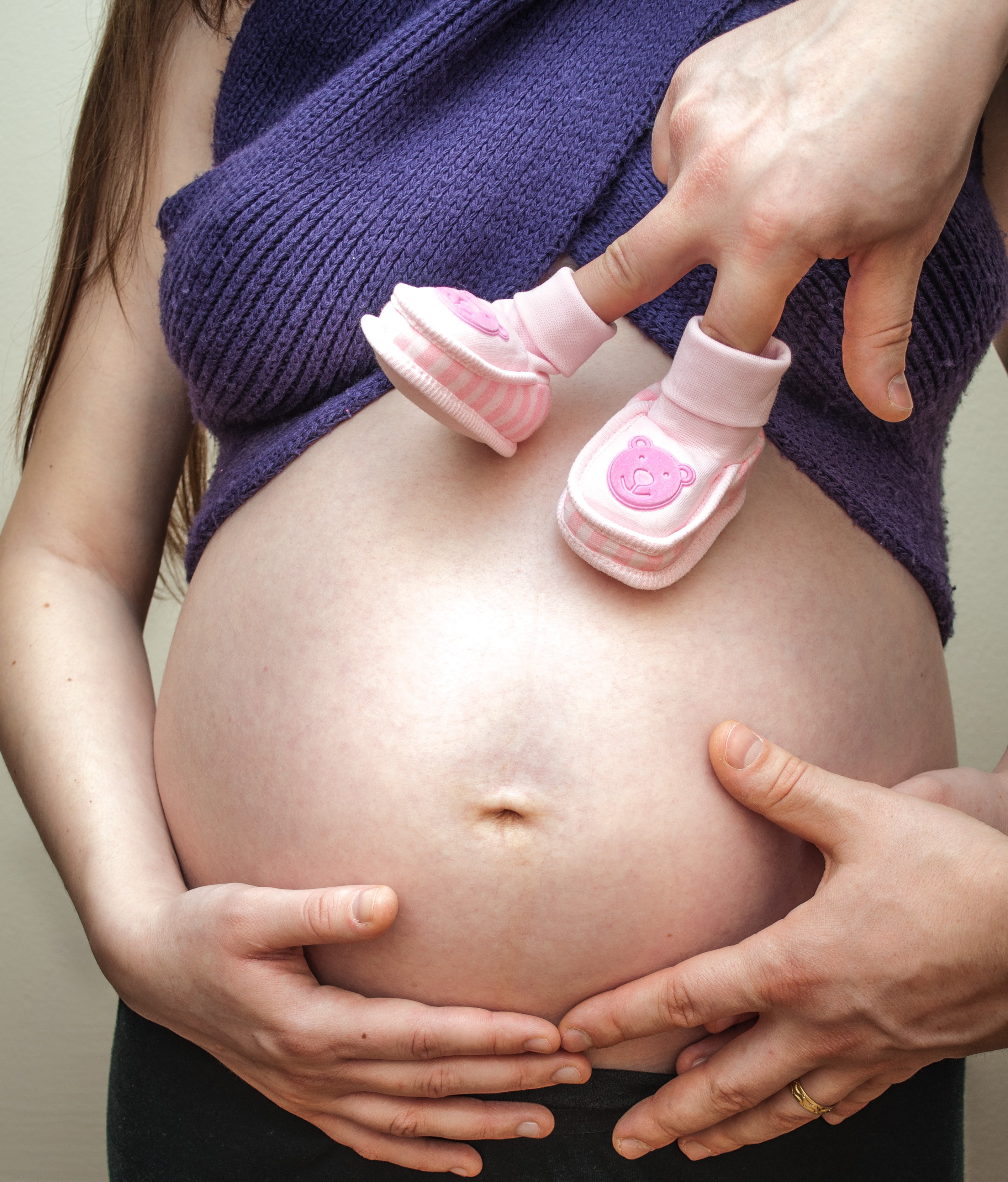

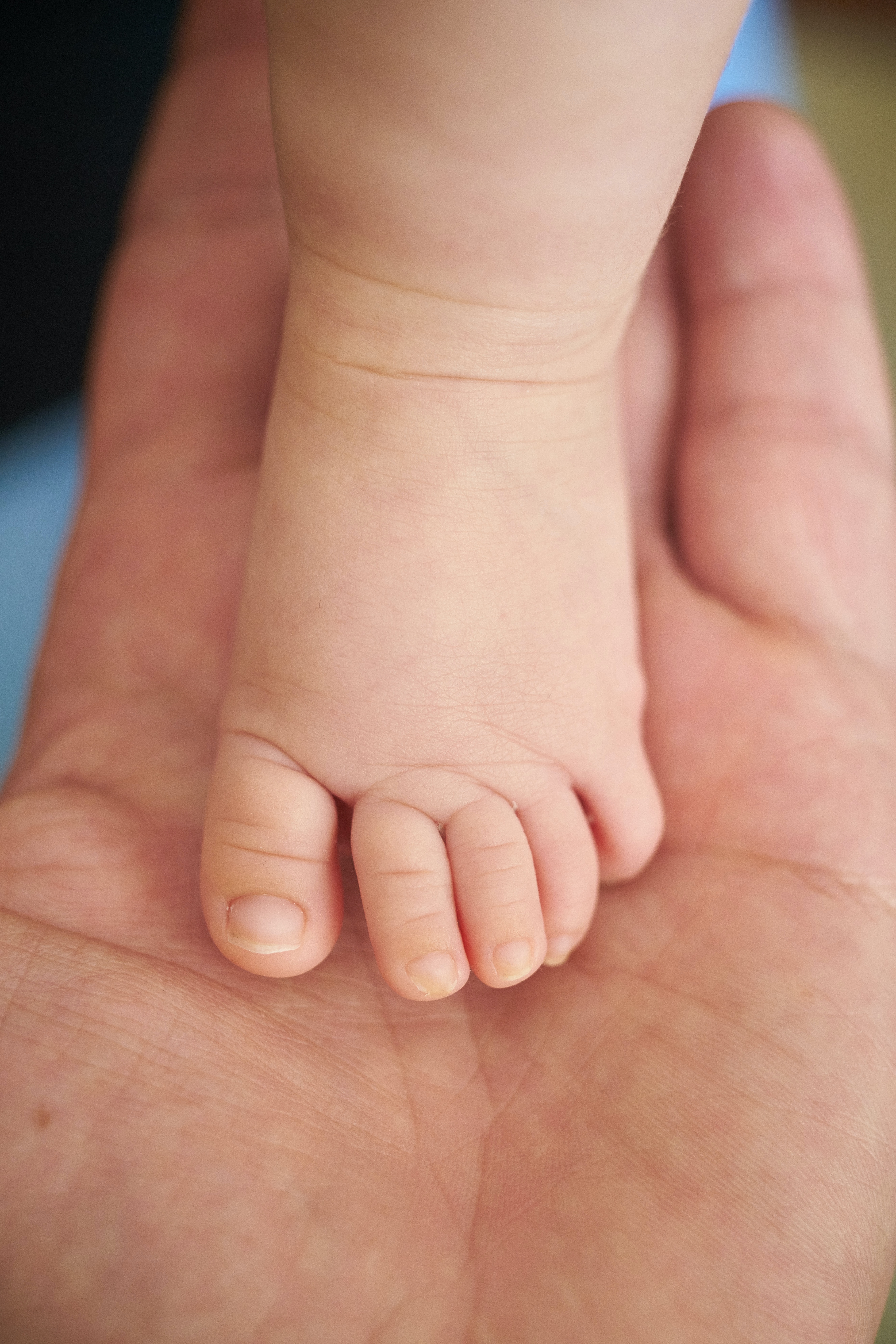
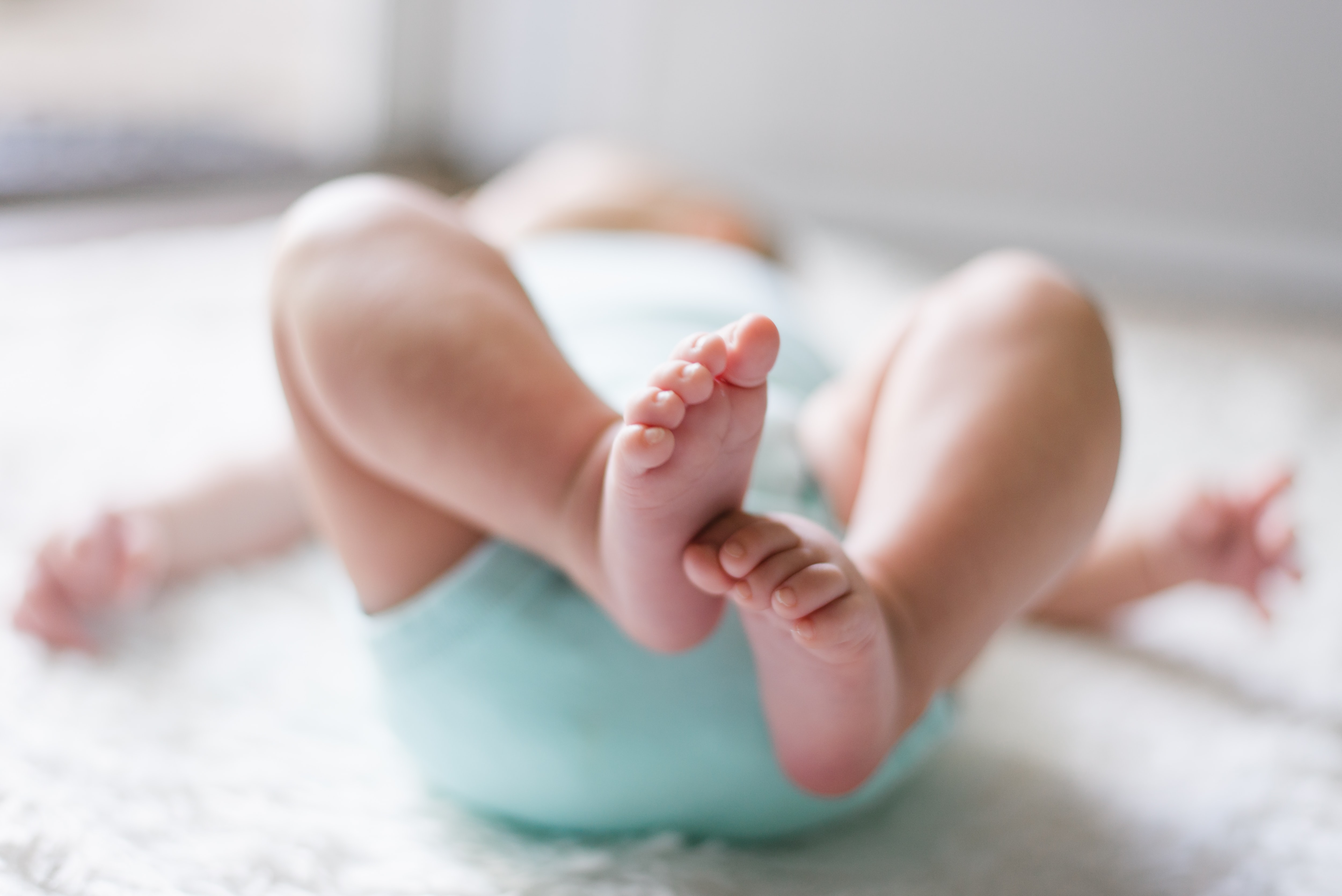
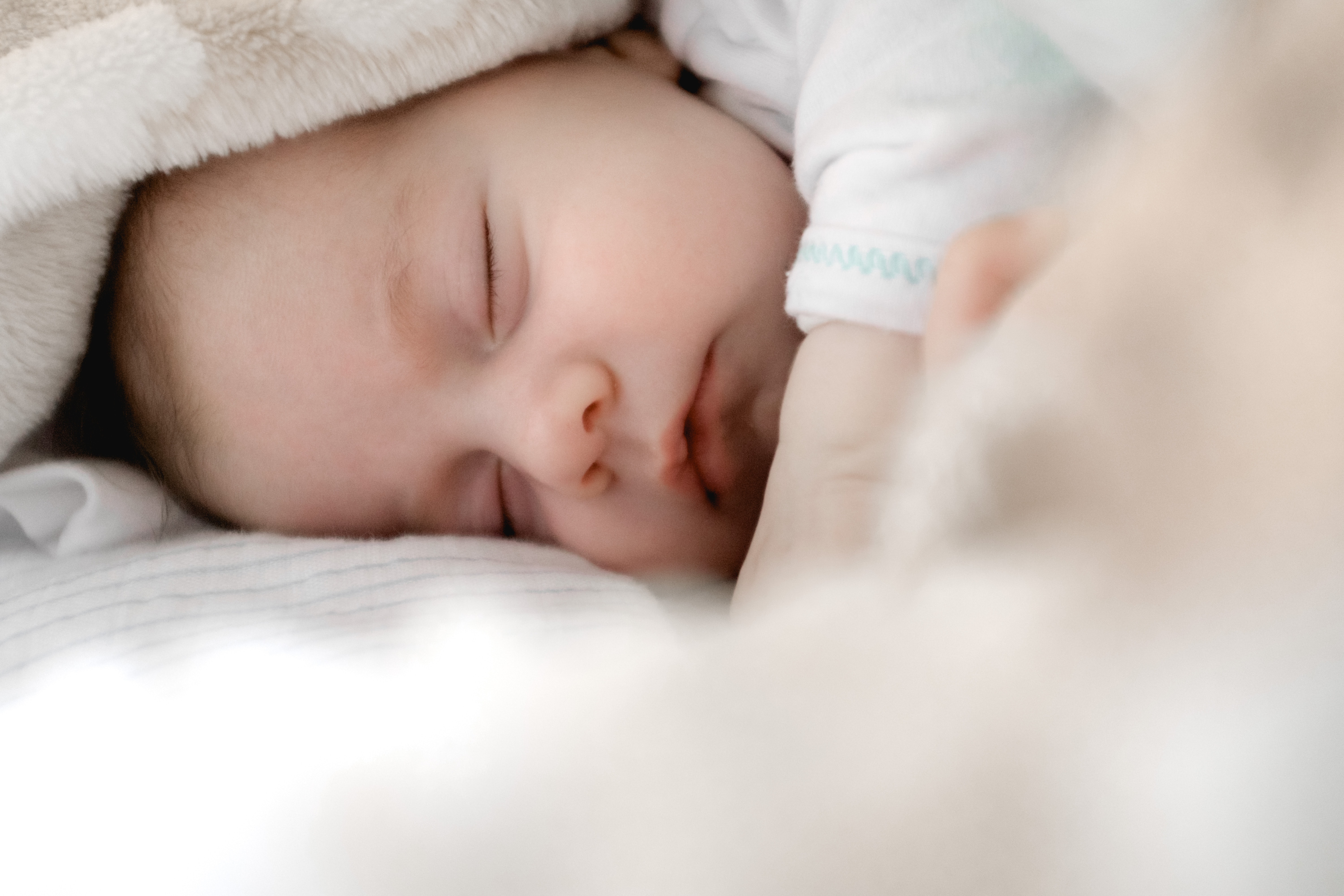
.jpg)
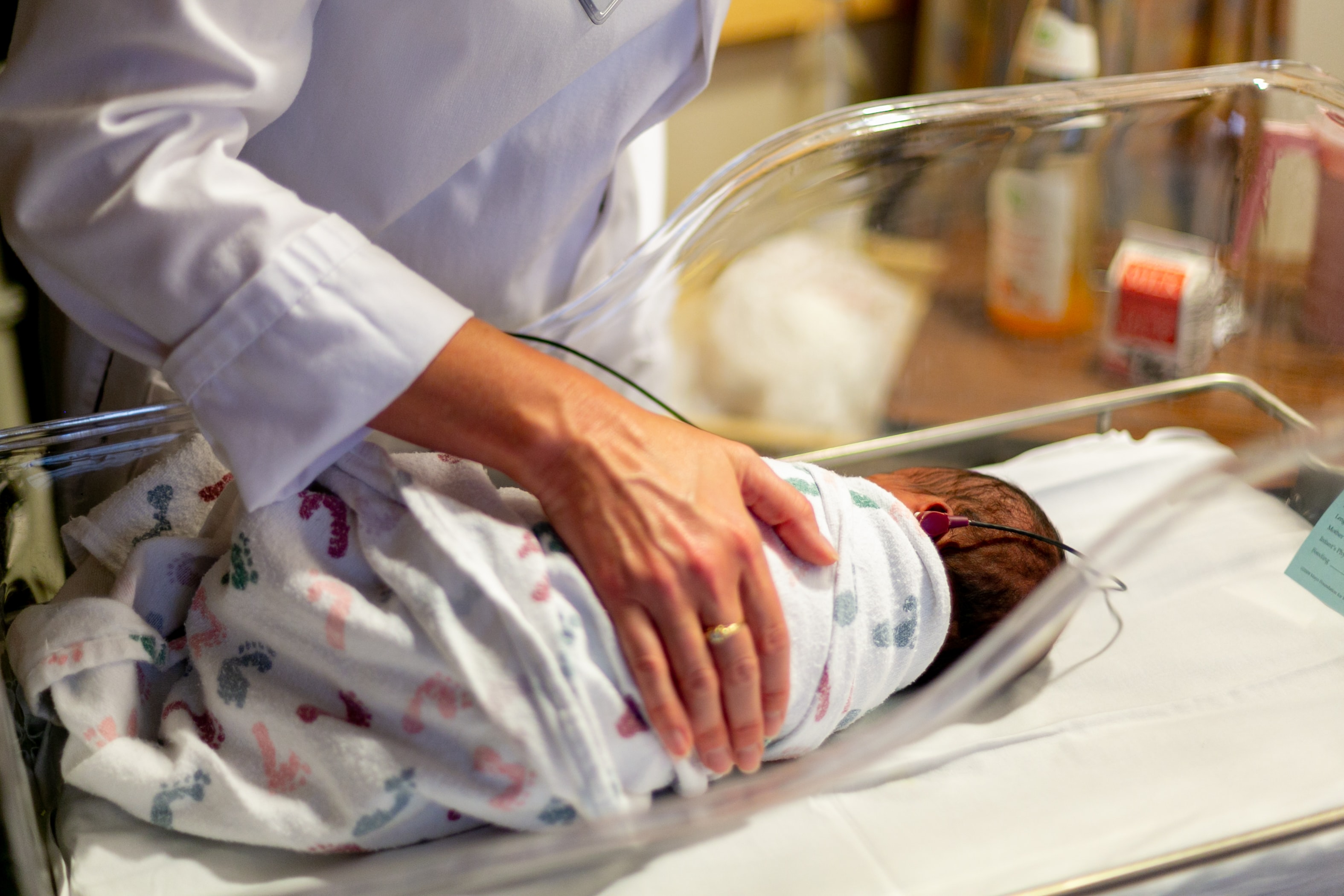
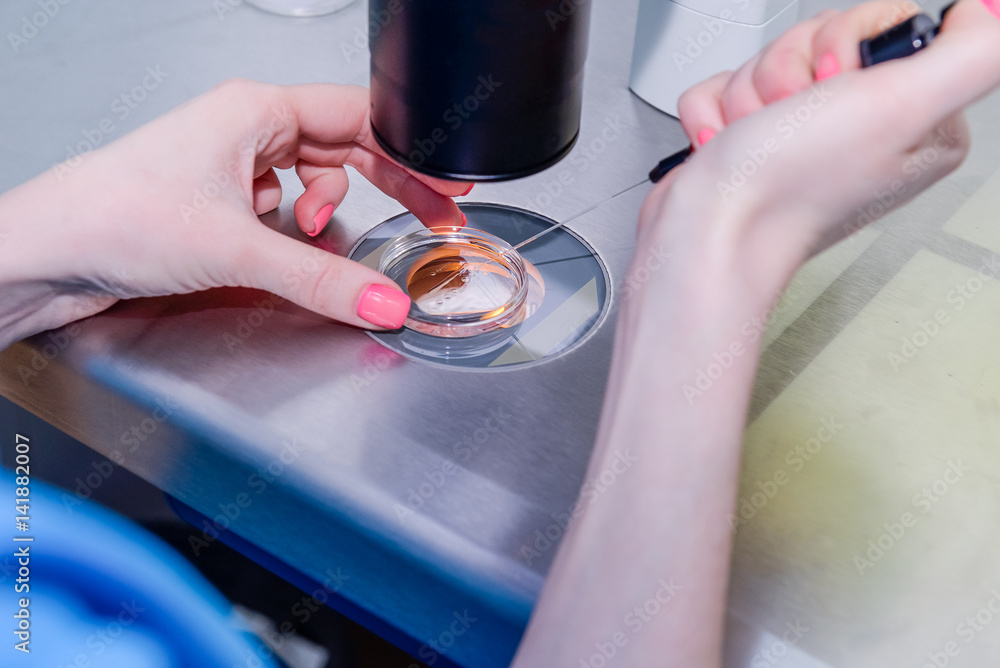
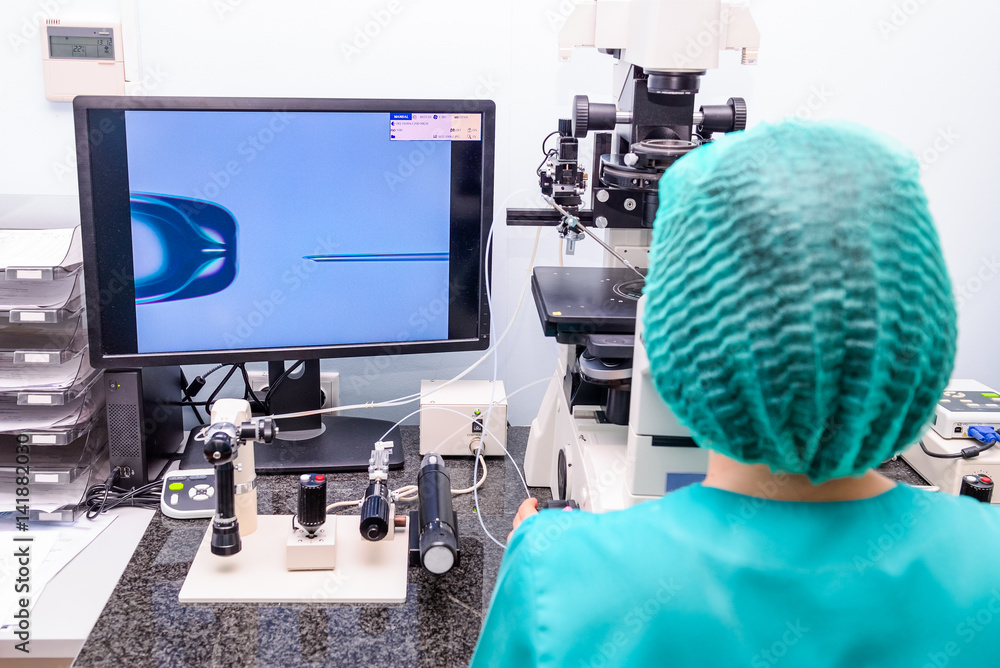
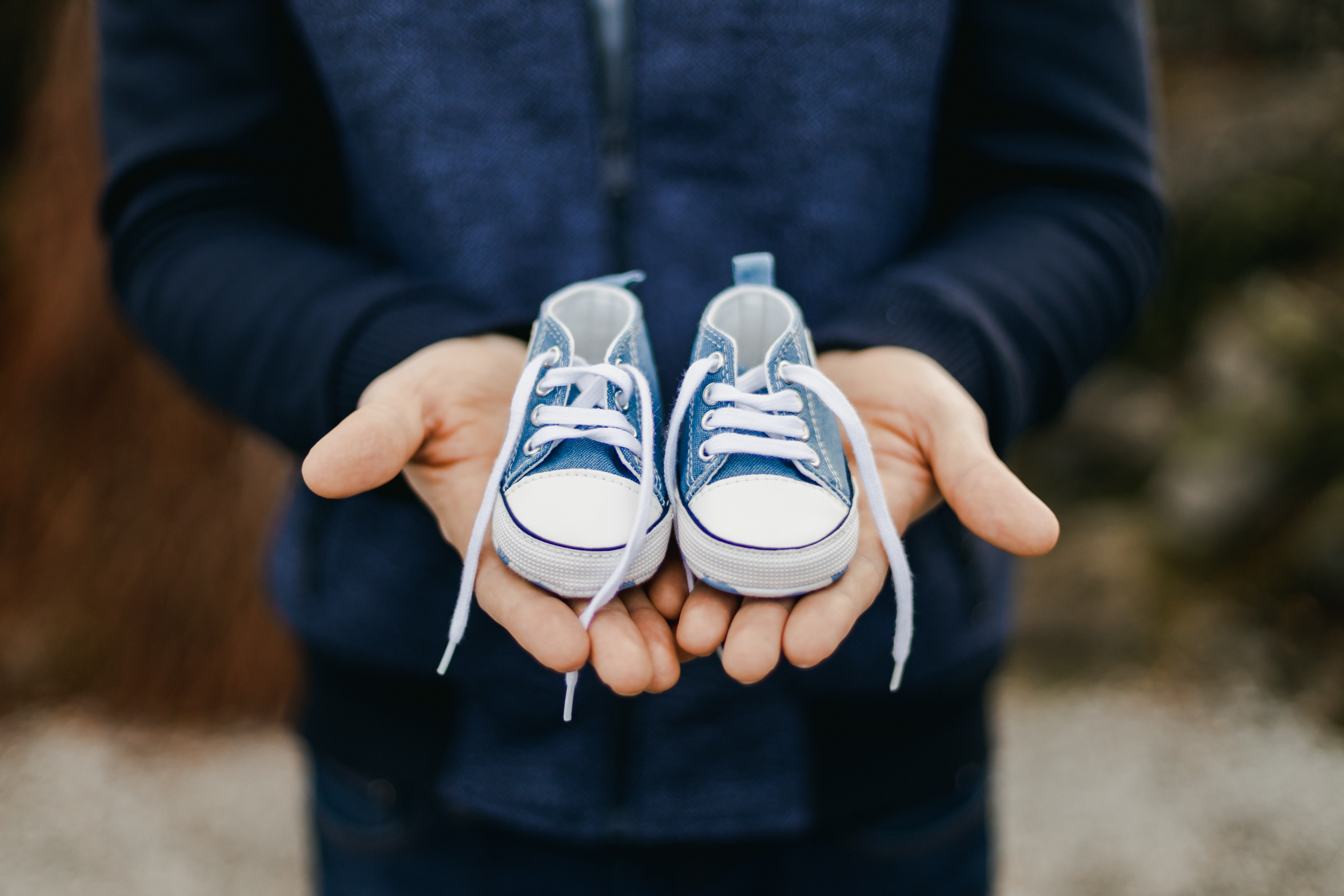
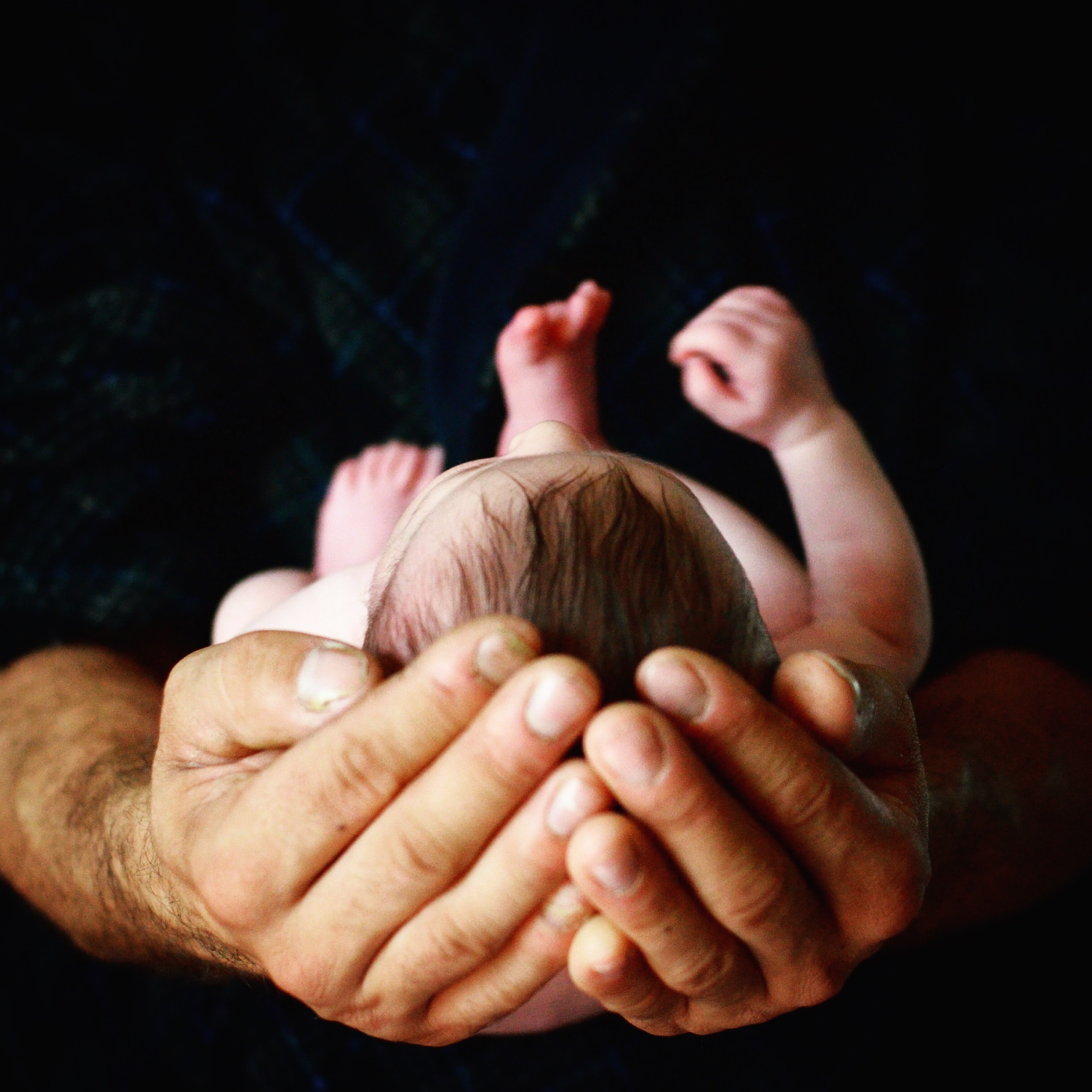
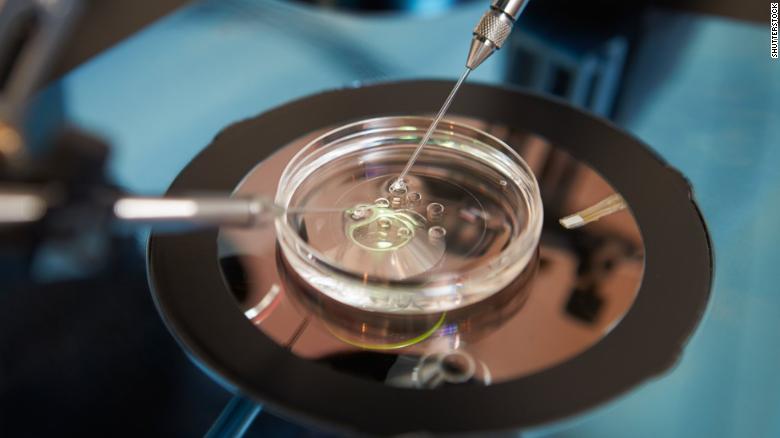
.jpg)
